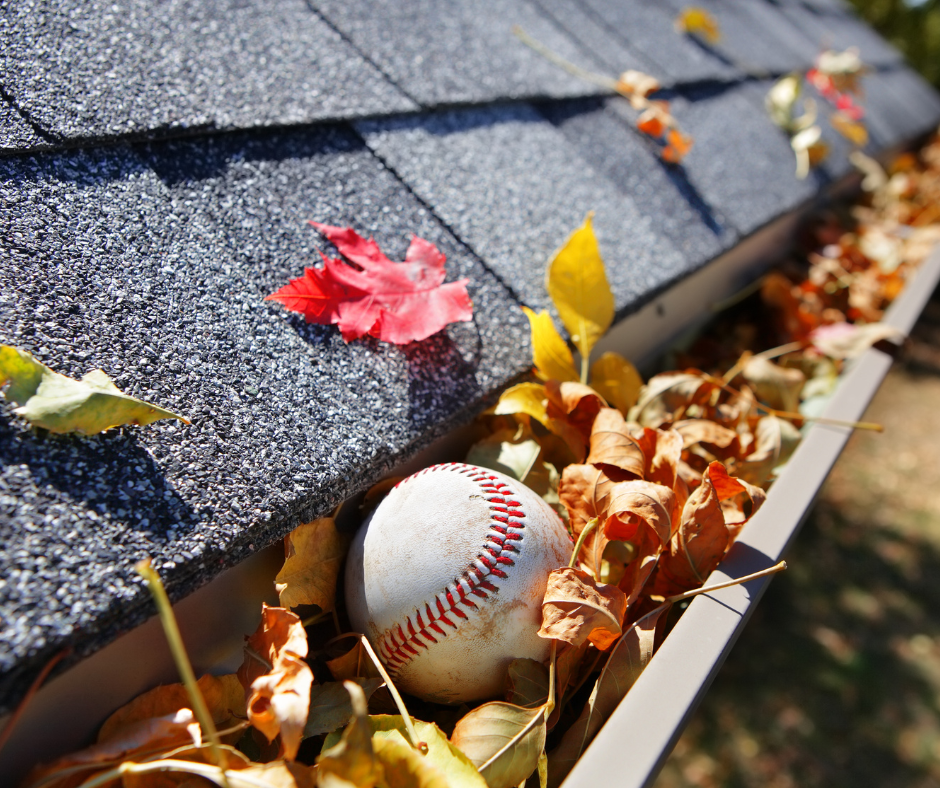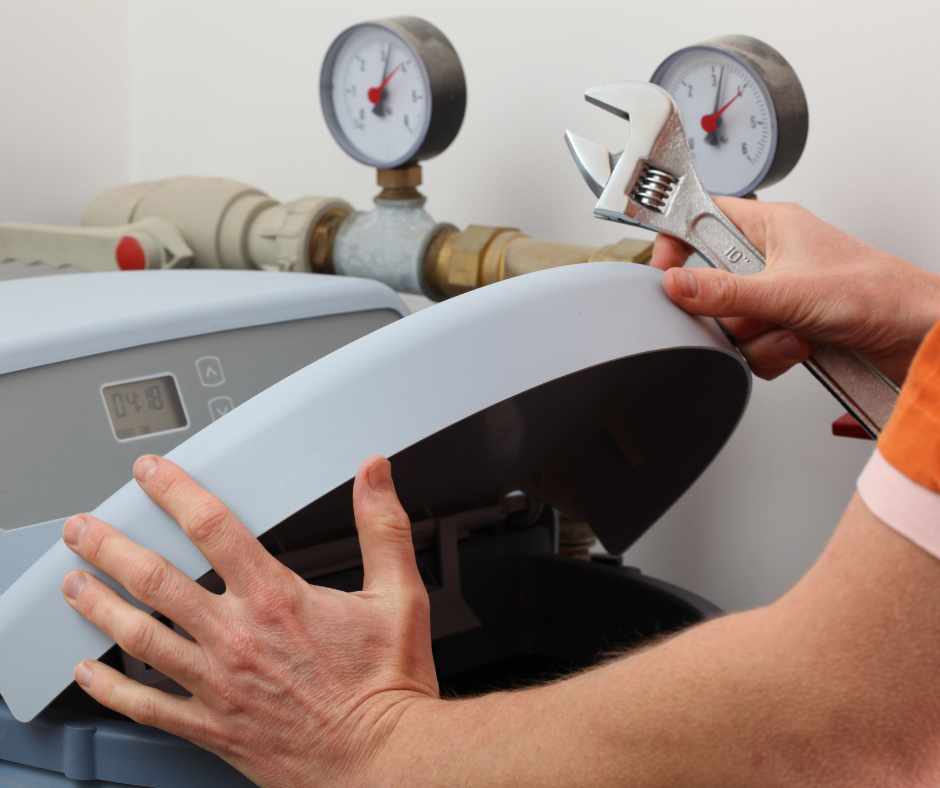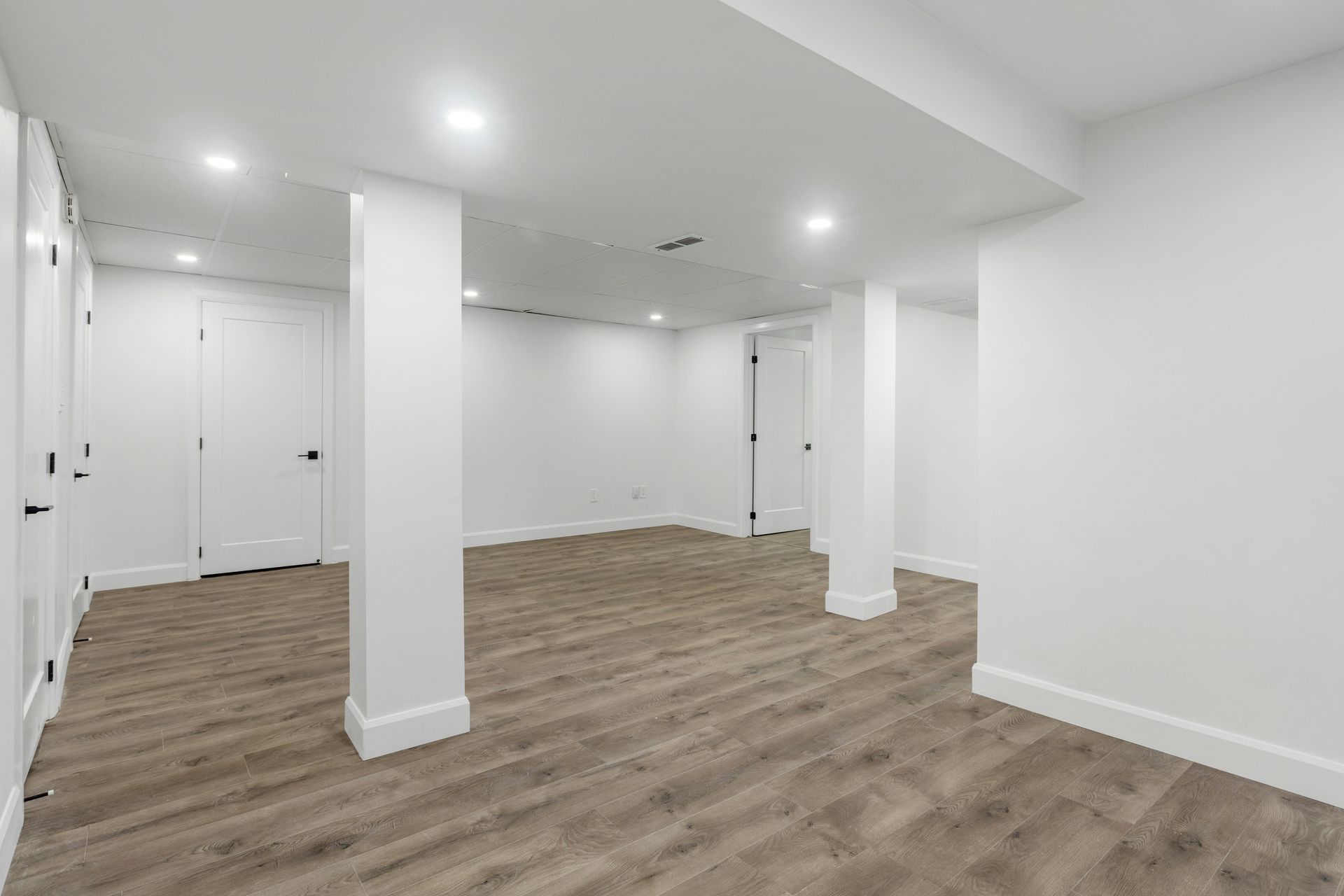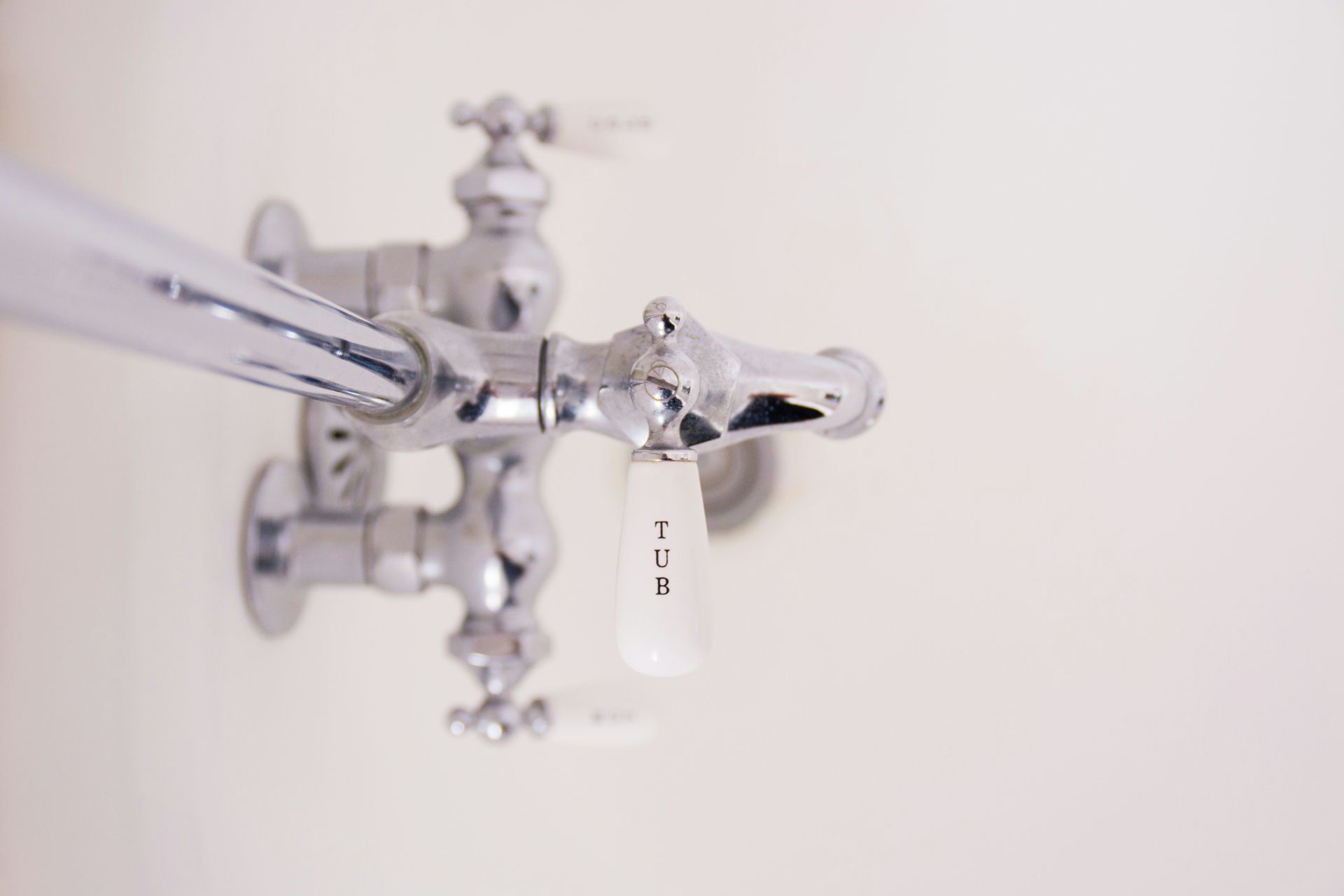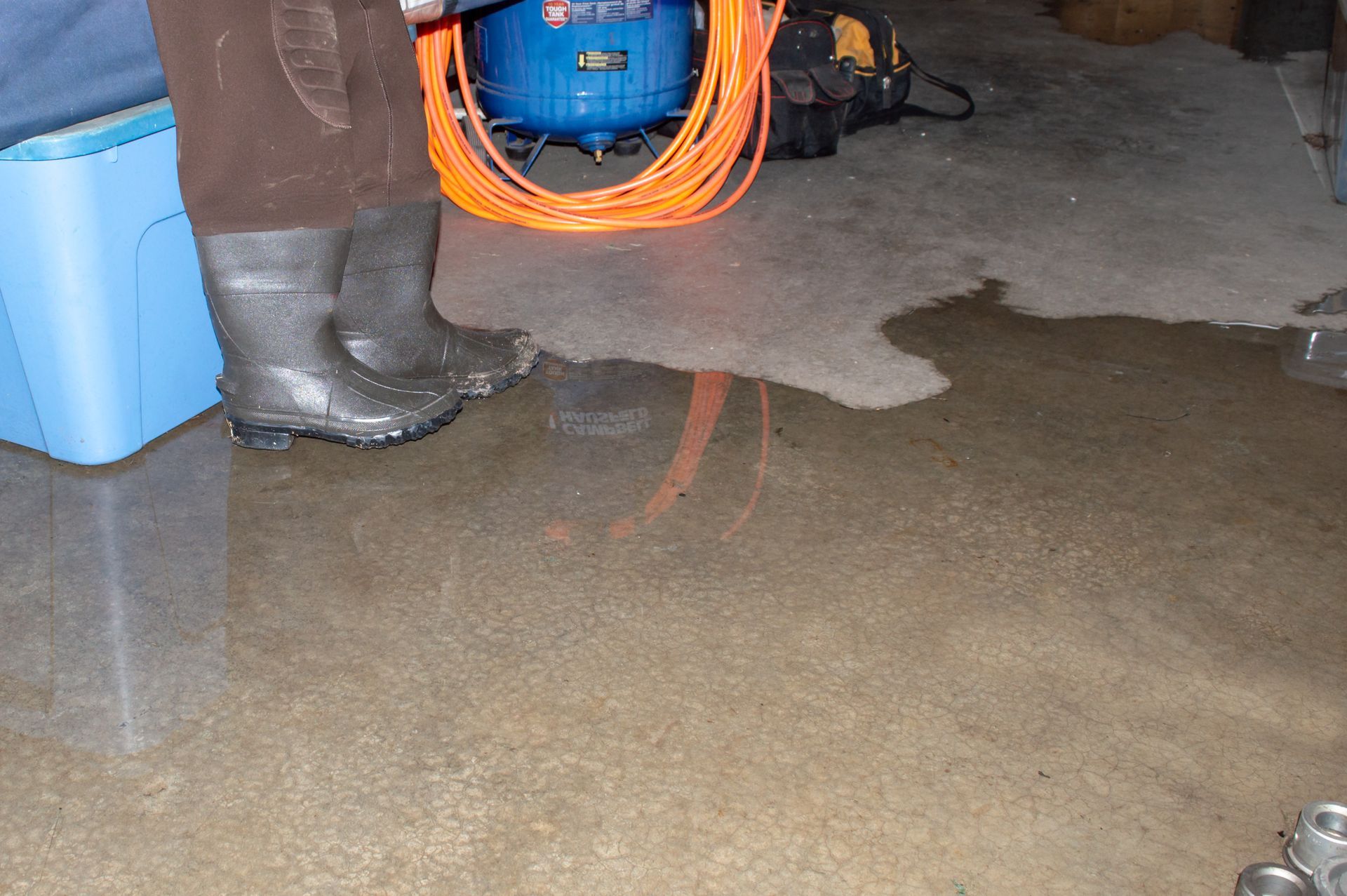From snowmelt to soil saturation, learn the most common causes of basement flooding in Post Falls and how to protect your home year-round.
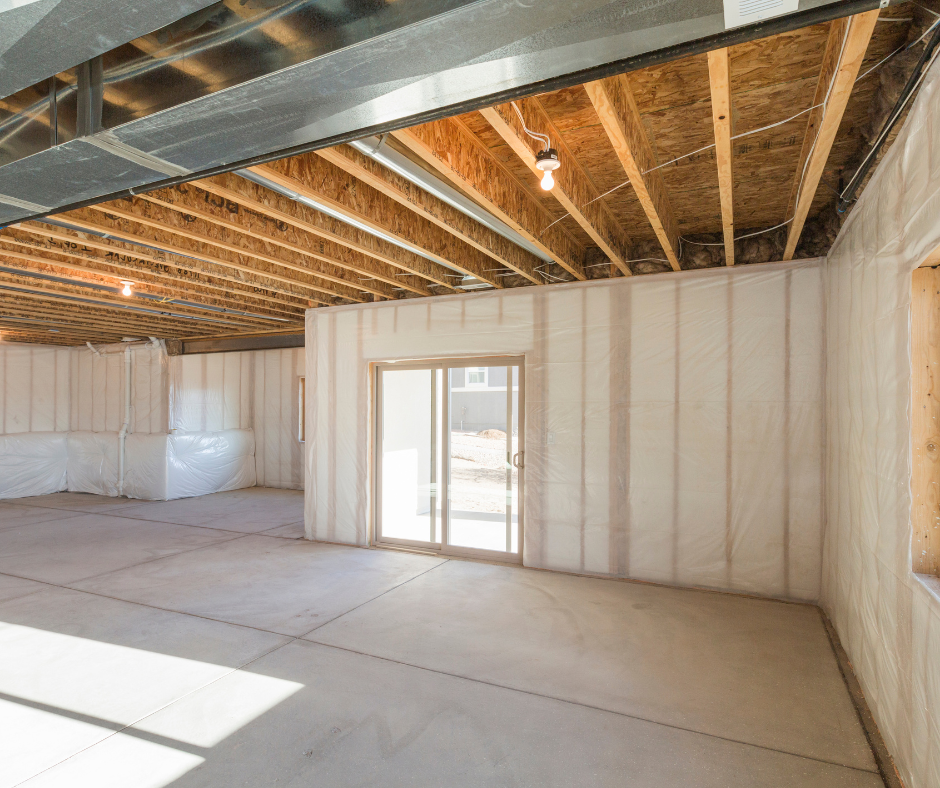
The Realities of Basement Flooding in Post Falls
In Post Falls, Idaho, flooding isn’t just a seasonal concern—it’s a real and recurring issue for many homeowners, especially those with finished or partially finished basements. Our unique climate, soil composition, and rapid development all contribute to the increased risk. At DryMax Restoration, we’ve seen firsthand how quickly a basement can go from dry to disaster—and we’re here to help you understand why it happens and what to do about it.
1. Rapid Snowmelt in Late Winter & Early Spring
Post Falls sees heavy snowfall during the winter, and when temperatures rise quickly in late February or March, rapid snowmelt can overwhelm drainage systems. This excess water often pools around foundations and seeps into basements—especially in homes without adequate perimeter drainage.
Pro tip: Ensure snow is shoveled at least 5 feet away from your home’s foundation and that downspouts direct water well away from the base of your home.
2. Poor Grading and Yard Slope
Many homes in developing neighborhoods around Greensferry Rd, Prairie Ave, or Seltice Way were built with minimal yard grading. If your landscaping slopes toward your home instead of away, water will naturally collect at the base of your foundation. Over time, hydrostatic pressure can force moisture through foundation walls or slab cracks.
Fix: Consider regrading your lawn or installing a French drain to redirect water away from your foundation.
3. High Water Table Near the Spokane River
Homes closer to the Spokane River, Falls Park, or areas with shallow groundwater are more prone to flooding during wet months. The water table in Post Falls can rise dramatically after prolonged rain or thaw, which causes water to push up through cracks in basement floors or infiltrate through sump pits.
Solution: Ensure your sump pump is functional, and consider a battery backup system in case of power outages during storms.
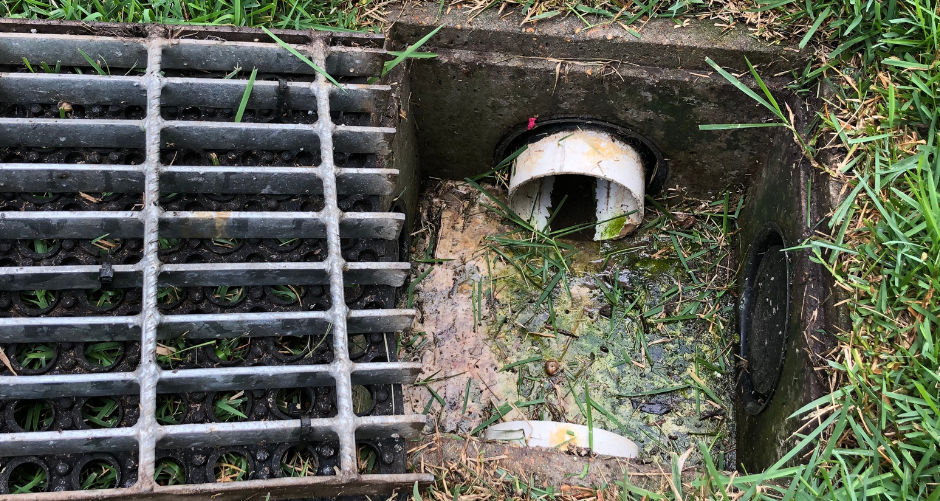
4. Clogged or Failing Sump Pumps
Post Falls homes with basements typically rely on sump pumps, but these systems require maintenance. A clogged float switch, jammed impeller, or power loss during a storm can cause complete system failure. Without proper drainage, water has nowhere to go—and your basement floods.
Reminder: Test your sump pump at least twice a year (spring and fall) and replace it every 7–10 years.
5. Foundation Cracks from Freeze-Thaw Cycles
The freeze-thaw cycles typical of North Idaho winters put stress on your concrete foundation. Tiny cracks can grow over time and become water entry points during spring thaw or summer storms.
Detection Tip: Use a flashlight to inspect your basement walls for vertical or diagonal cracks and watch for
efflorescence (white mineral stains).
6. Backed-Up Floor Drains or Sewer Lines
In older neighborhoods like those near Downtown Post Falls or older Riverside homes, aging infrastructure may include cast iron or clay sewer lines. These pipes are prone to root intrusion and blockages, leading to sewage backups during heavy rain.
Recommendation: Install a backflow prevention valve and have your main line scoped every few years.
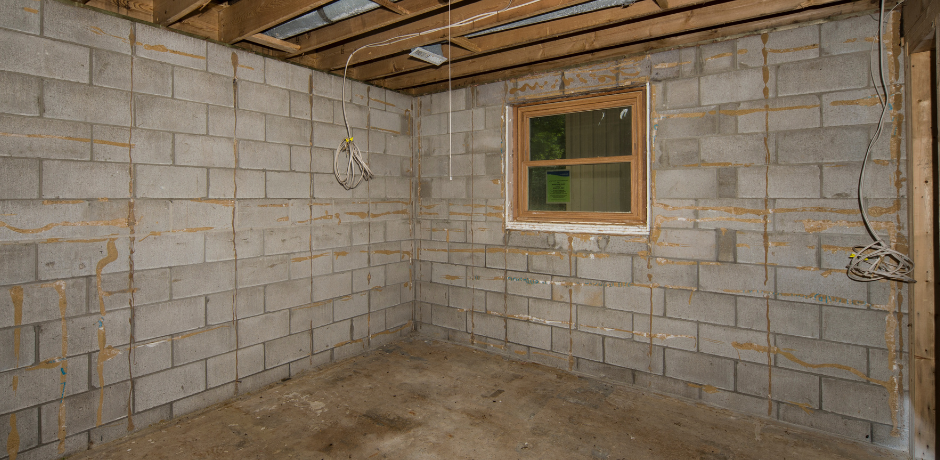
How DryMax Restoration Helps After a Basement Flood
When flooding strikes, time is critical. At DryMax Restoration, we respond fast to homes across Post Falls, Coeur d’Alene, and Kootenai County, offering:
- 24/7 emergency water extraction
- Structural drying with commercial-grade LGR dehumidifiers
- Moisture mapping with thermal cameras
- Mold prevention and dry log documentation
- Insurance-friendly documentation and coordination
We don’t just dry out your home—we help you recover and rebuild with minimal stress.
How to Prevent Basement Flooding in Post Falls
To reduce your risk of future floods, we recommend:
✅ Cleaning gutters and downspouts every fall and spring
✅ Installing window well covers for basement egress windows
✅ Sealing foundation cracks with epoxy or professional repair
✅ Installing (or maintaining) a working sump pump with battery backup
✅ Inspecting your foundation perimeter annually
Even simple steps can make a big difference when the next storm—or thaw—hits.
Don’t Wait Until It’s Too Late
If you’ve experienced a basement flood in Post Falls, or you want to prevent one before winter hits, DryMax Restoration is here to help. Our certified team is local, responsive, and experienced in the unique conditions North Idaho homes face.


